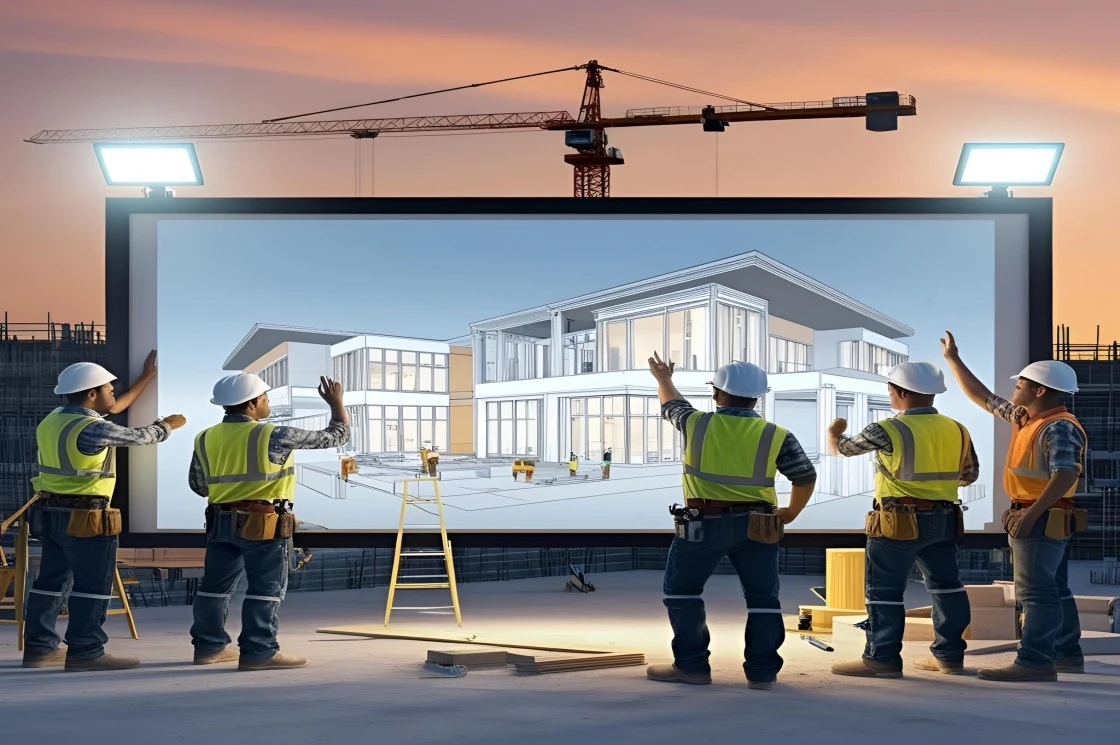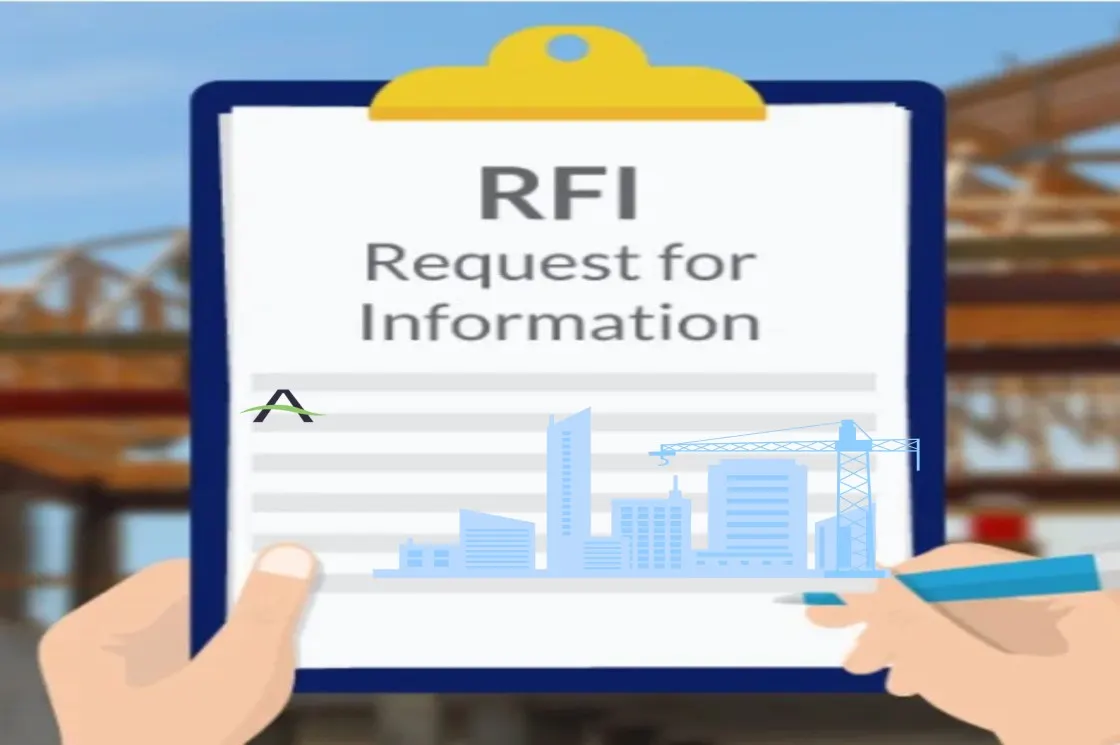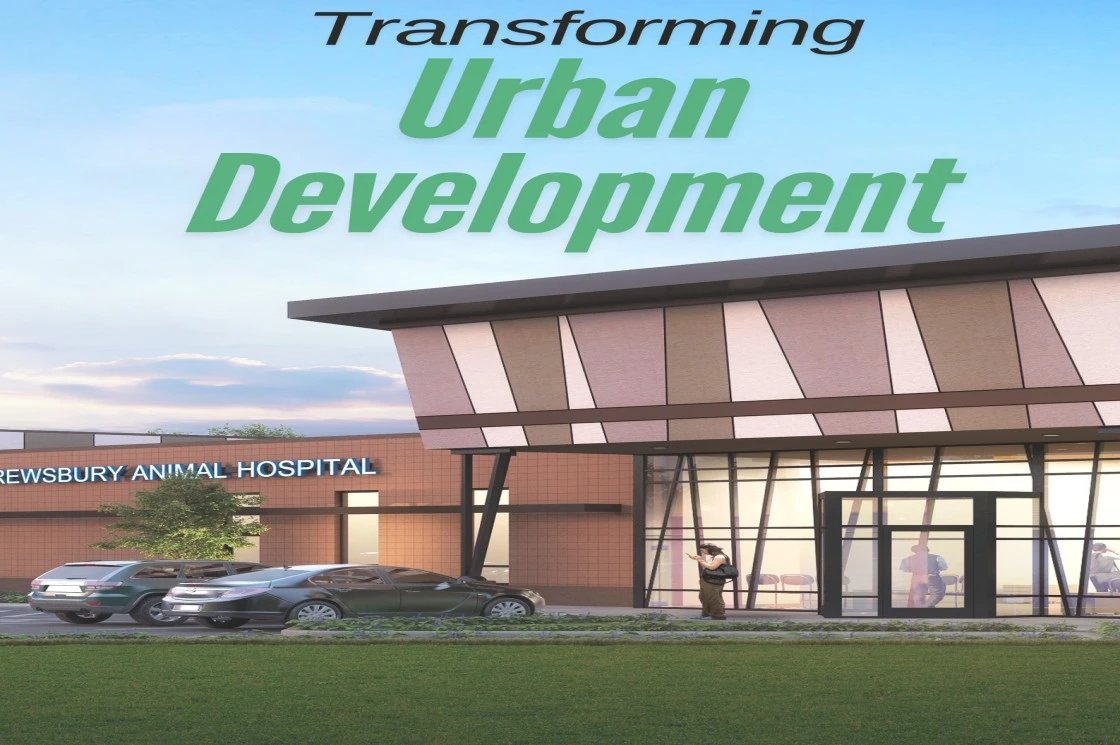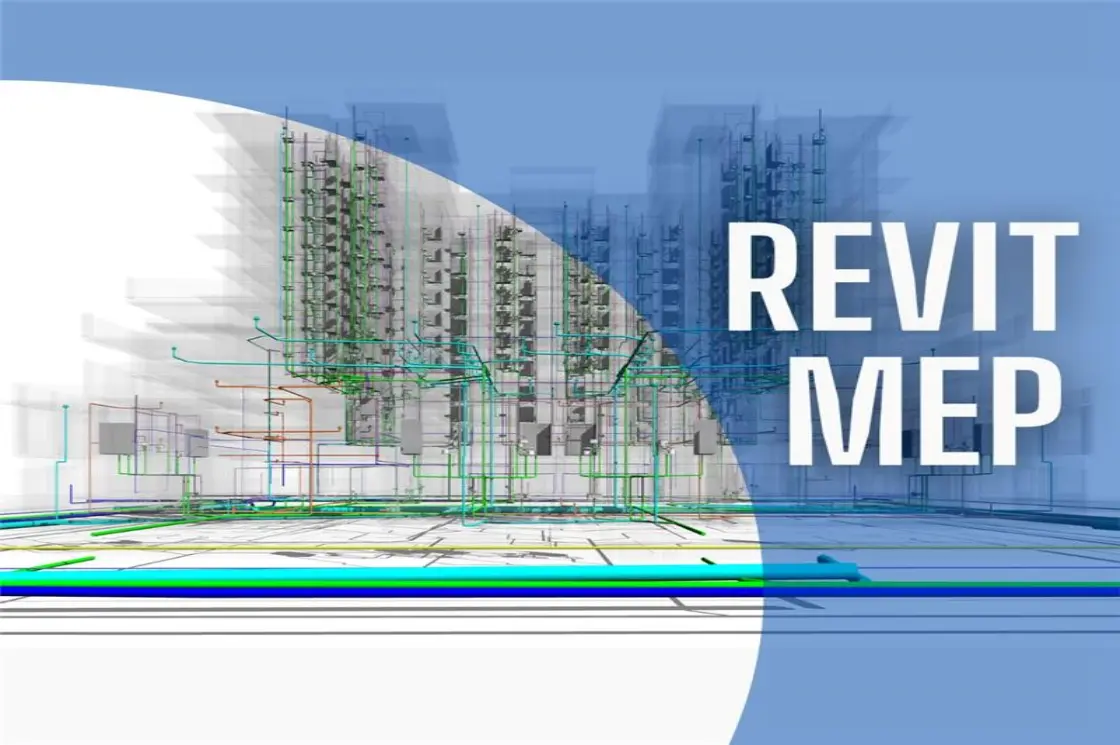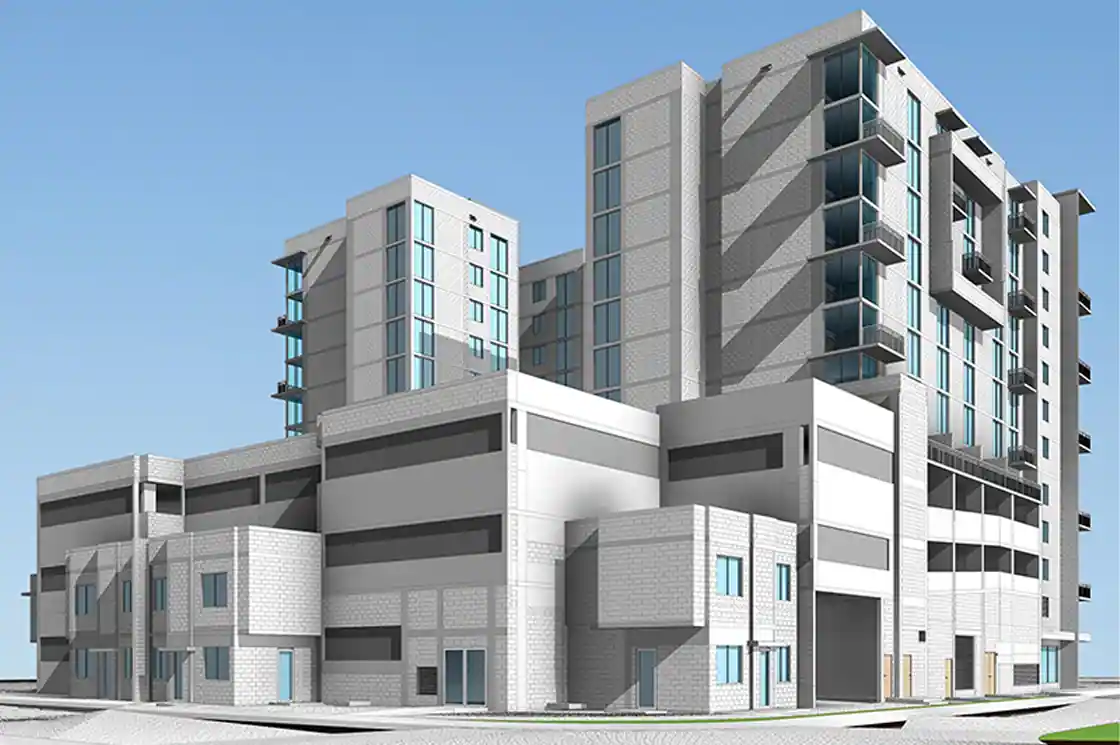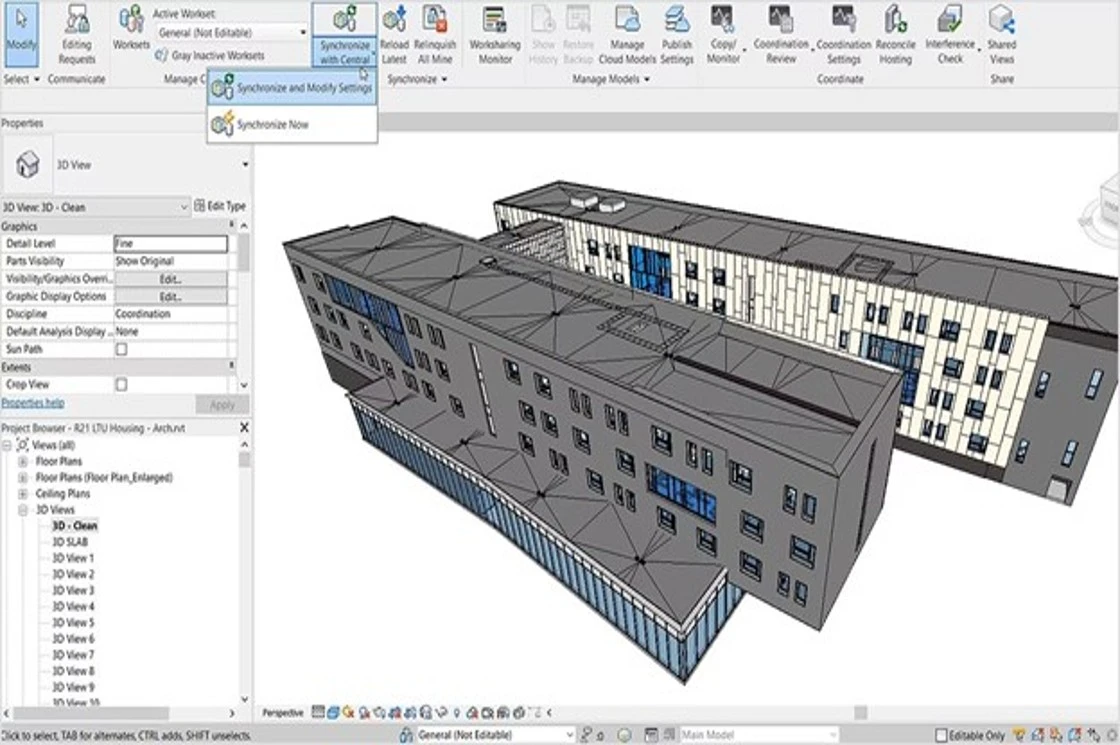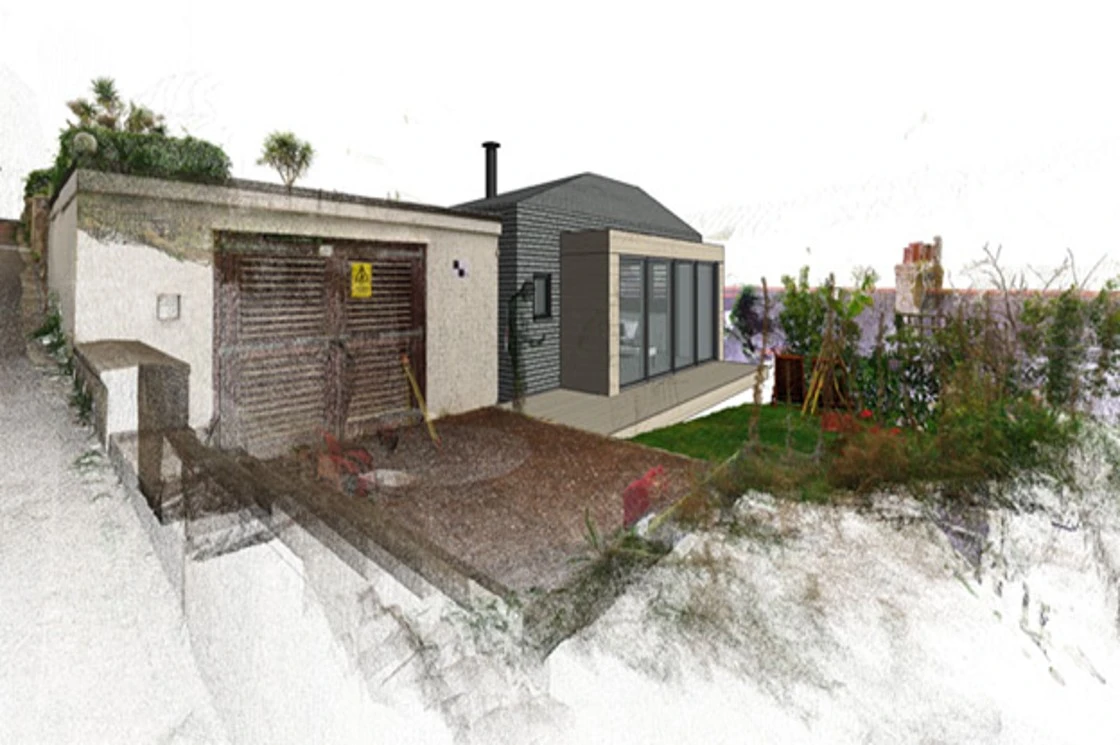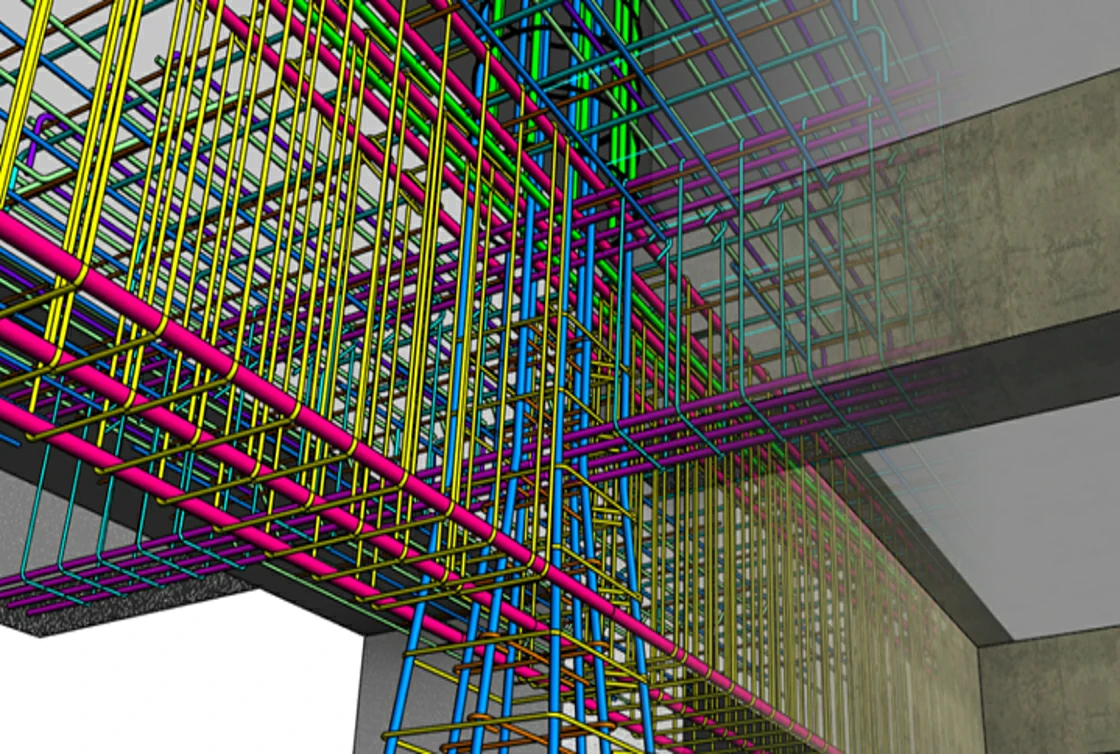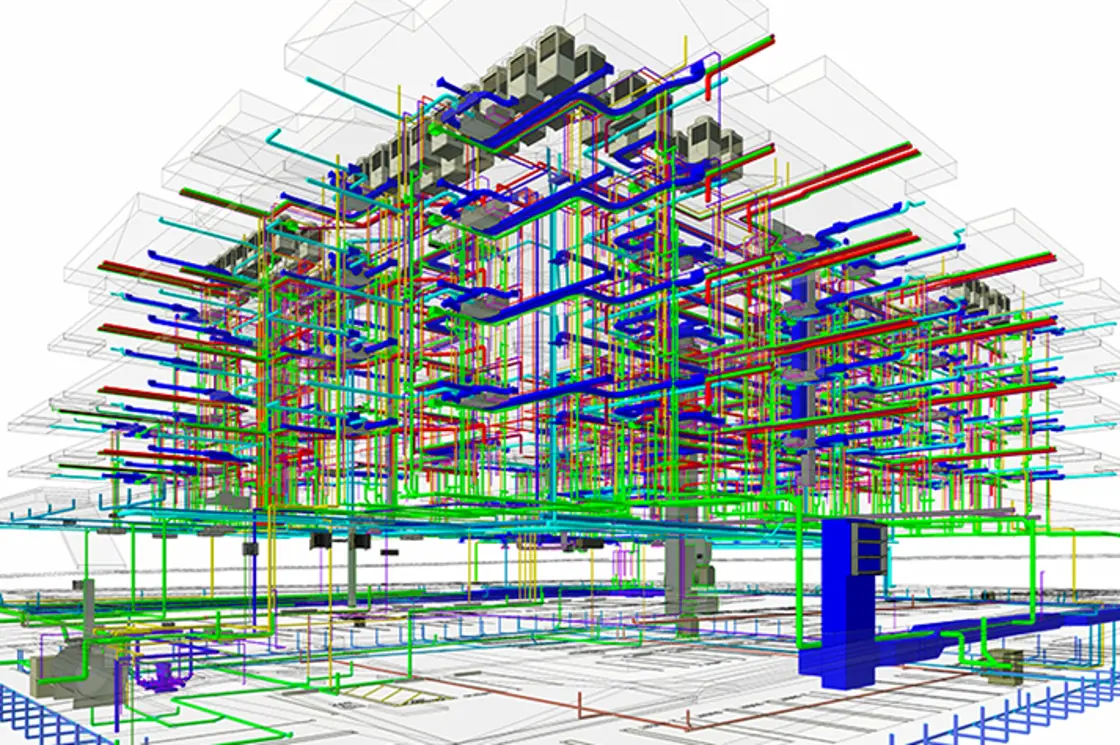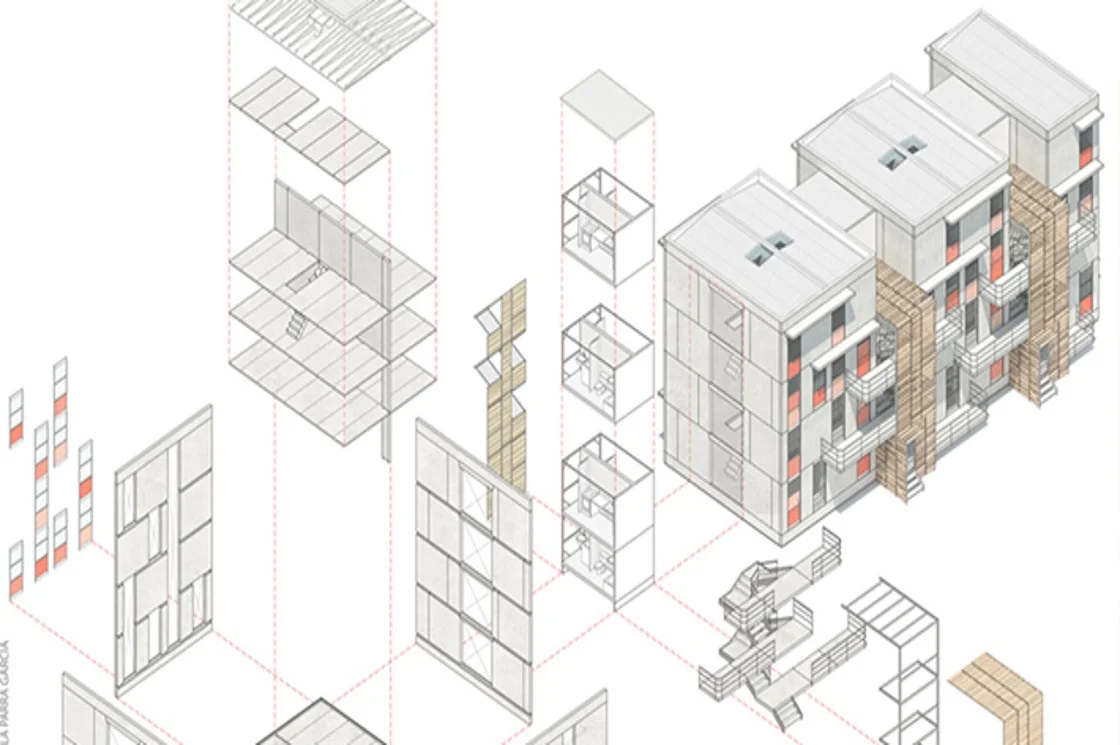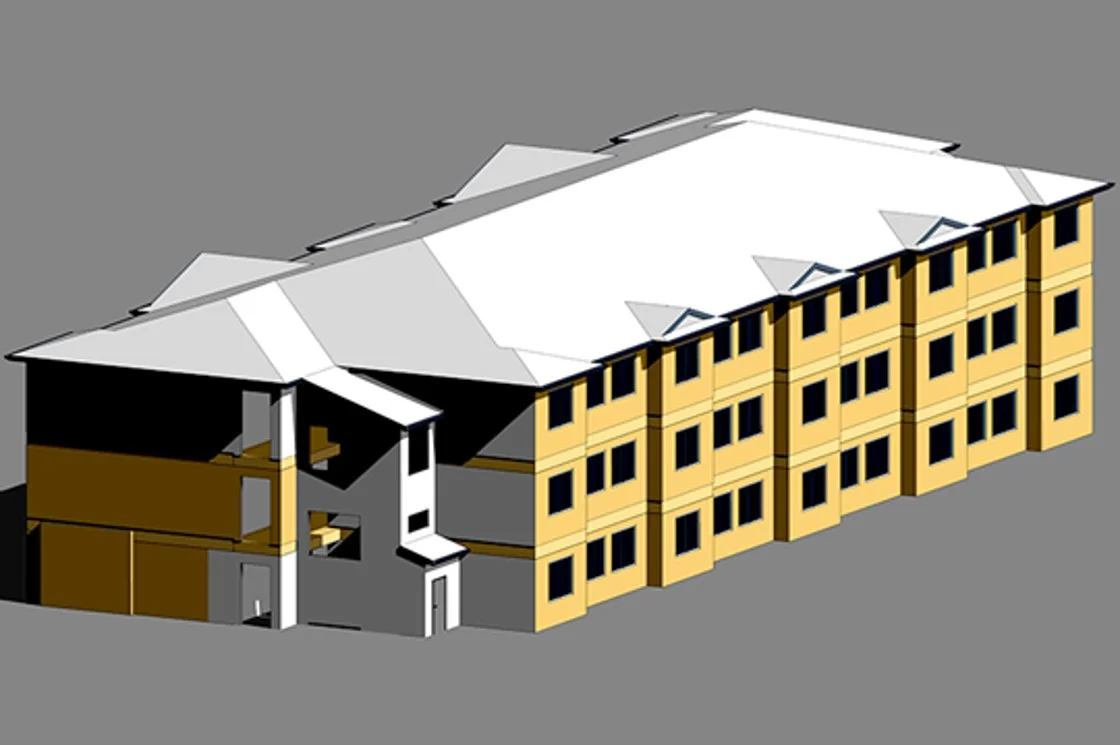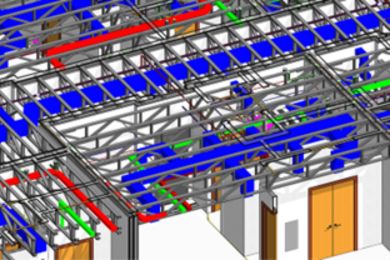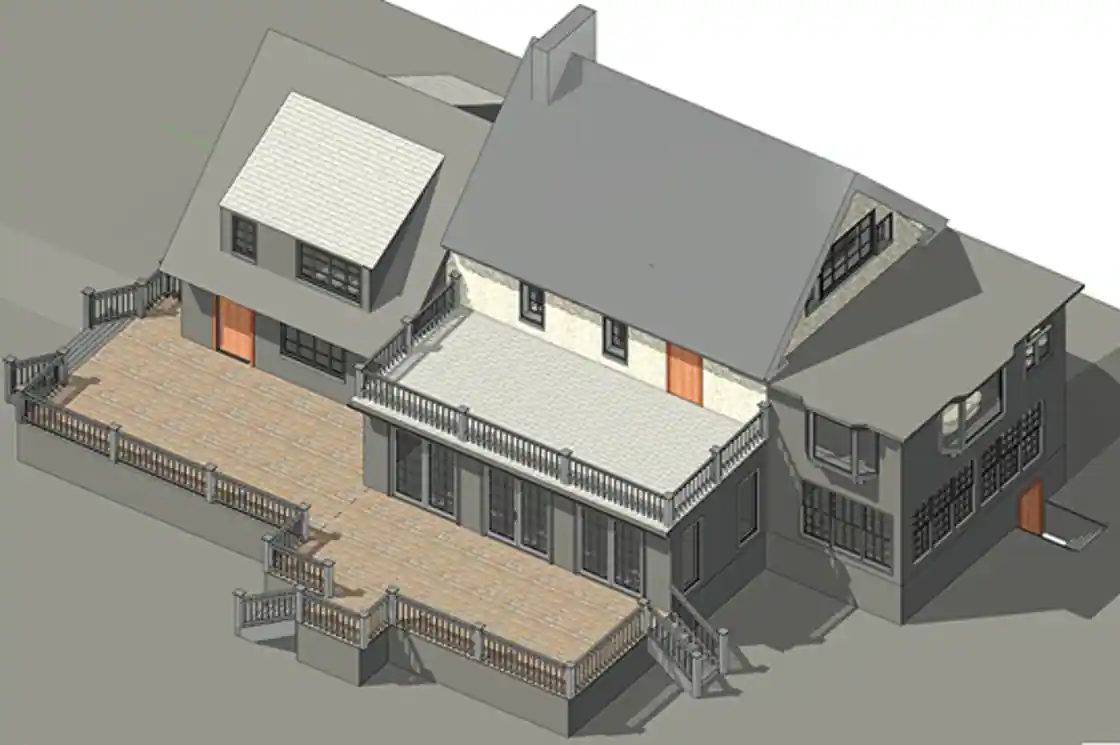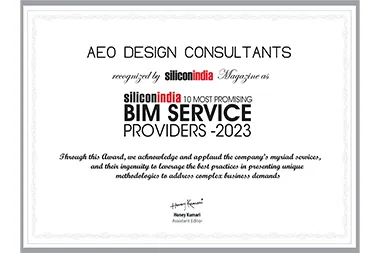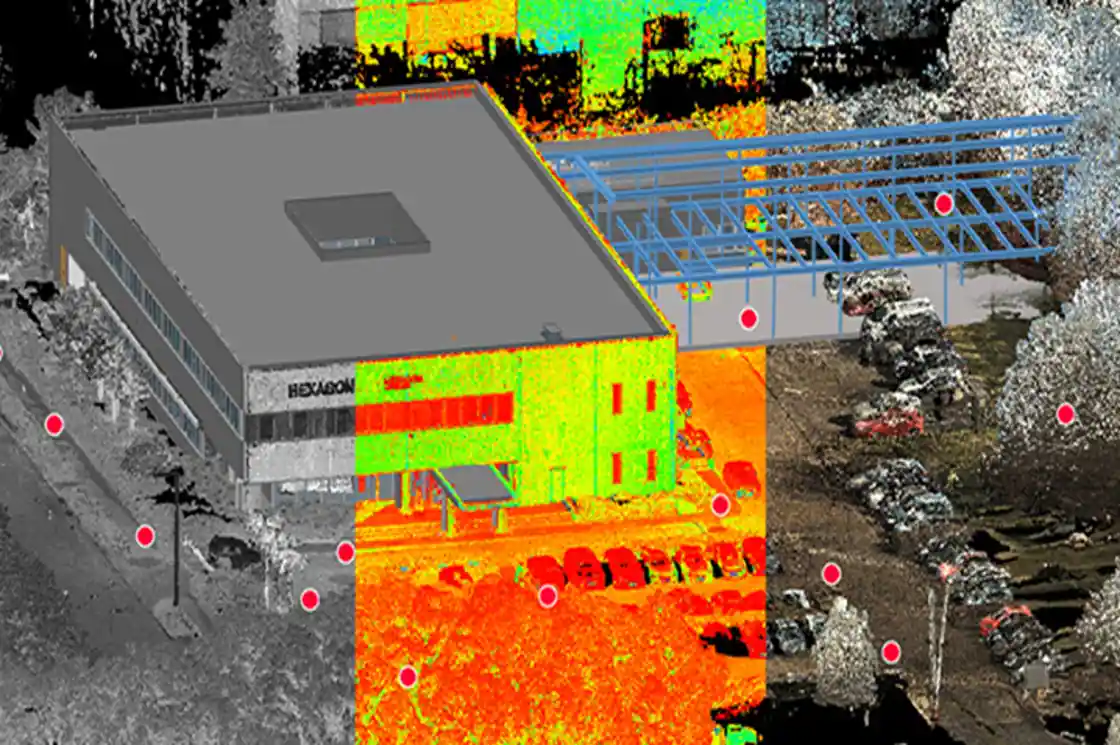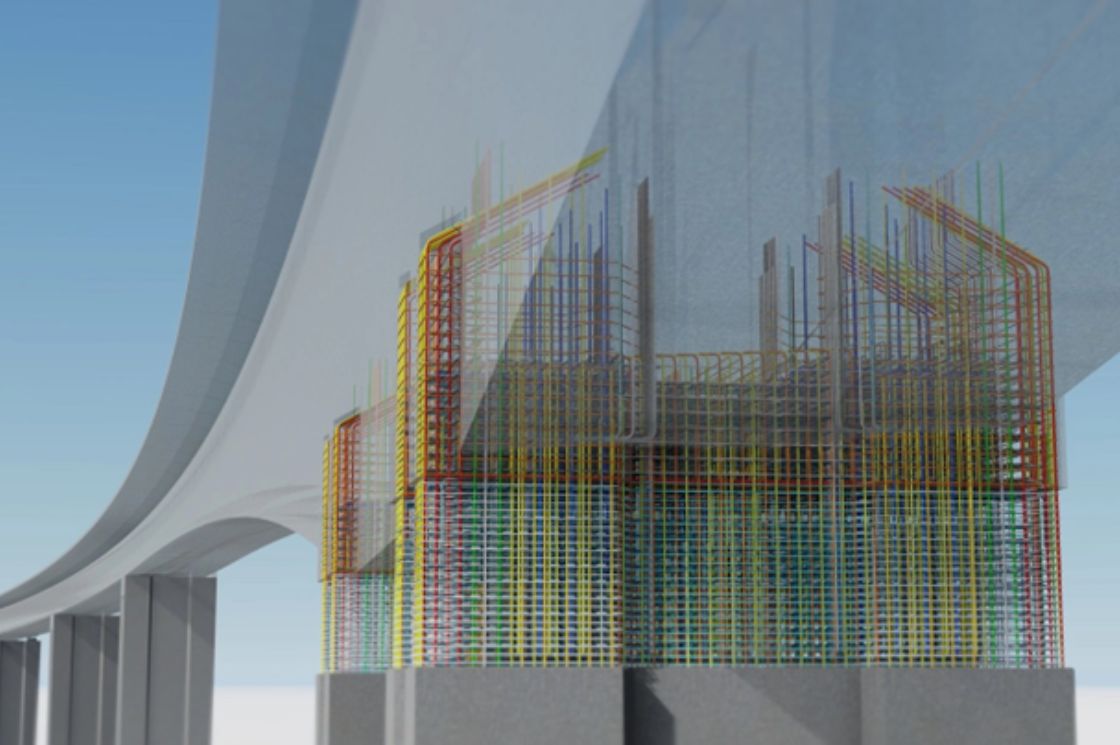BIM in Action: How the US AEC Industry is Leveraging Technology for Success
The AEC industry in the US is changing rapidly. Companies are being challenged to complete projects quicker, more accurately, and more efficiently. In these competitive circumstances, Building Information Modeling (BIM) has been a revolution by enhancing coordination and project workflow while simultaneously reducing costly errors.
BIM goes beyond the scope of traditional 3D modeling, as it integrates the various components of a project and enables effective communication and collaboration. One of the distinguished BIM technologies is Autodesk Revit, which is used for its intelligent parametric modeling and automates the documentation process. One of the highly effective features of Revit is keynotes, which facilitate consistency in project annotations. This blog post talks about the impact of BIM in the American AEC industry and the role of keynotes in project communication.
Why BIM is a Game-Changer for the US AEC Industry
BIM adoption is no longer optional but rather the only methodology that will allow firms to stay relevant and ahead of competitors. Standards by industry norm, including the National BIM Standard-United States (NBIMS-US), meeting government regulatory requirements, and sustainable projects, are catalysing wide industry adoption. By creating a digital model of physical and functional characteristics, BIM technologies allow teams to make informed decisions at every stage: design, construction, and facility management.

Key Benefits of BIM in the AEC Industry
Better Collaboration and Accuracy
BIM brings the teams together on a cloud-based collaboration platform in which all the stakeholders are working with a single live model. Revit Keynotes are key to maintaining consistency in standardized terms and embedding precision in documentation to avoid mistakes and misinterpretation.
Faster Project Delivery and Cost Savings
Automation in working procedures, early clash detection, and optimization of planning for materials allow BIM technologies to avert cost overruns and delays. With the use of keynotes, repetitive manual tasks are eliminated, boosting productivity and ensuring smoother project delivery.
Sustainability and Compliance
BIM ensures that building design is energy-efficient and makes project firms comply with the LEED rating and other regulatory requirements. The clarity that Revit Keynotes provide is critical in auditing, approval, and adherence to construction regulations within the USA.

The US is utilizing BIM in the AEC Industry
Facility And Lifecycle Management
BIM transcends construction and relates to facility management, bringing a higher level of building efficiency and maintenance. Revit Keynotes provide metadata on the materials and components for further asset management.
For example: Denver International Airport used its BIM tooling for facility management keeping track of performance and maintenance schedules of equipment to keep things running without a hitch.
Infrastructure and Transportation Projects
BIM technologies apply to buildings but are extensively adopted in highway, bridge, and transit system construction. That means some geospatial data integrated with the sequence of construction work integrates with planning and execution.
A case in point would be the California High Speed Rail Authority, which has embraced BIM technologies to coordinate detailed design work among engineering teams to speed up operations and minimize costly design mistakes.
Compliance with Regulation and Risk Mitigation
BIM automates the checks and risk assessments of the project so that proper compliance with safety and construction code in the United States ensures that no safety or regulation risks are incurred. At the same time, the fundamental construction documentation is completely standardized into Revit Keynotes.
In one of the best examples, automation functions of data validation and risk assessment tools allowed BIM processes to adhere to stringent building safety and building codes for the One World Trade Center in New York.
Revit Keynotes: A Small Feature with Big Impact

While BIM technologies have transformed the industry, accurate and efficient documentation is still critical. Revit Keynotes may seem like a small feature, but they play a big role in ensuring clarity and standardization. Whether labeling materials, specifying components, or providing custom annotations, Keynotes reduce miscommunication and improve efficiency.
By integrating Revit Keynotes into BIM workflows, firms can:
Ensure consistency across project documentation
Save time by automating repetitive annotations
Reduce errors by using a centralized database of standardized terms
Enhance collaboration by providing clear, uniform labeling across disciplines
Conclusion
The US AEC industry is amid a major transformation, and BIM technologies are at the forefront of this change. From improving collaboration and reducing costs to ensuring sustainability and compliance, BIM adoption offers numerous benefits that firms can no longer afford to ignore. Among the many tools available, Revit’s Keynotes stand out as a simple yet effective way to enhance documentation and communication, ensuring projects run smoothly from start to finish.
As the industry continues to evolve, firms that embrace BIM and leverage tools like Revit Keynotes will gain a competitive edge. By streamlining workflows, improving accuracy, and optimizing communication, BIM is shaping the future of construction in the US—and those who adapt will be best positioned for long-term success.
Common Queries:
How is BIM transforming the AEC industry?
BIM enhances collaboration, reduces errors, and streamlines workflows
Why are Revit Keynotes important?
They ensure consistent, accurate documentation and automate annotations




